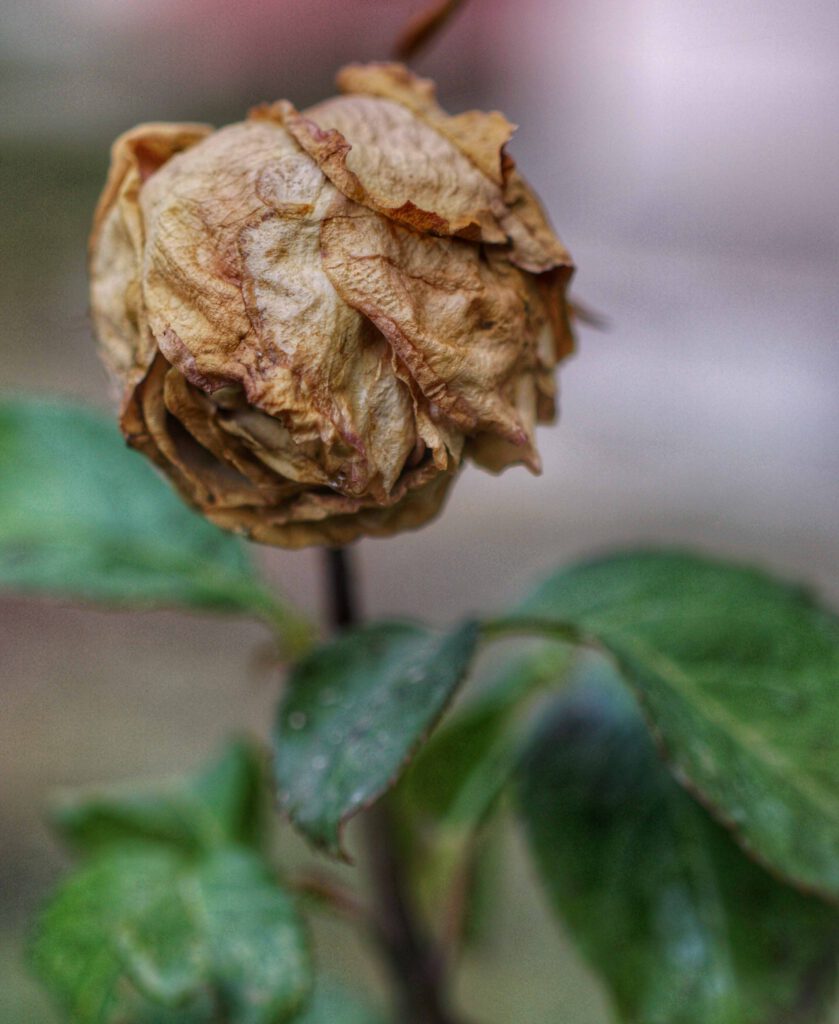Don't buy those hydrangeas and daffodils

Plants seem to be the ‘greenest’ purchase you can make. But if they are grown in peat, they cause destruction elsewhere, writes Karin Bodewits.
You can find them in almost every garden centre, supermarket, and hardware store: hydrangeas, daffodils, and other well-known house and garden plants grown in peat. Purchasing them seems innocent, a green choice. But unfortunately, because they are grown in peat, we should not purchase them. Peat is the kiss of death for our climate and biodiversity.
Drained peat bogs, used for peat extraction and other destructive practices, are responsible for 5 percent of global greenhouse gas emissions. In Estonia, where Dutch and German companies have created a kind of ‘peat paradise’, this is even 10 percent, more than the emissions of all cars and trucks in the country.
In addition, peat extraction destroys entire nature reserves, and the habitats of birds, snakes, and insects are completely lost during peat extraction.
Poppong plants are often not native
The argument of the peat lobby that ornamental plants grown in peat are necessary to green our gardens and cities is incorrect. Plants that sprout from the ground in greenhouses, also known as popping plants (plofplanten in Dutch), are often not native and are grown in greenhouses outside their natural growing season. Worse even, when planting a hydrangea, you are told by the peat industry to replace most of the garden soil with peat to make it acidic.
Let’s choose native plants that thrive in our local environment. We can buy them from peat-free growers.
Intact peatlands are essential because they safely store CO2 in the soil. They are also crucial for water management. Peat mining is an open pit process similar to brown coal mining. It leads to craters in the landscape and ecological havoc.
There are also other plants for sale from smaller, peat-free growers
Research shows that peat extraction disfigures the landscape and causes the area to dry out and temperatures to rise, causing crop failure.
Is it worth it to get our happiness from daffodils showing off on our windowsill far too early? Let’s face it, our garden happiness should not thrive on the misery of devastated landscapes in Estonia. Let’s stop buying plants grown in peat. There are also other plants for sale from smaller, peat-free growers. Or choose plants and trees with ‘bare roots,’ available in the winter months. They are grown in the full ground or harvested by organizations such as meerbomen.nu.
And that hydrangea? Choose this if you live in Giethoorn, where the soil is already acidic. Don´t buy it if you can only keep that plant alive with peat.
This article by Karin Bodewits was originally published in Trouw (Koop die hortensia’s en die narcissen toch maar niet).